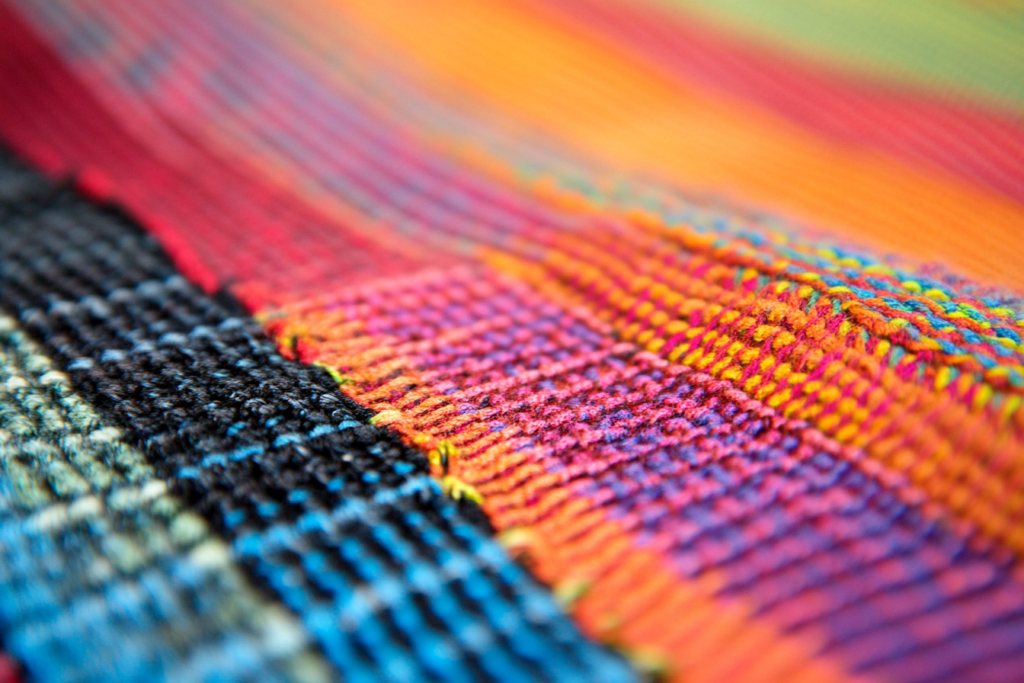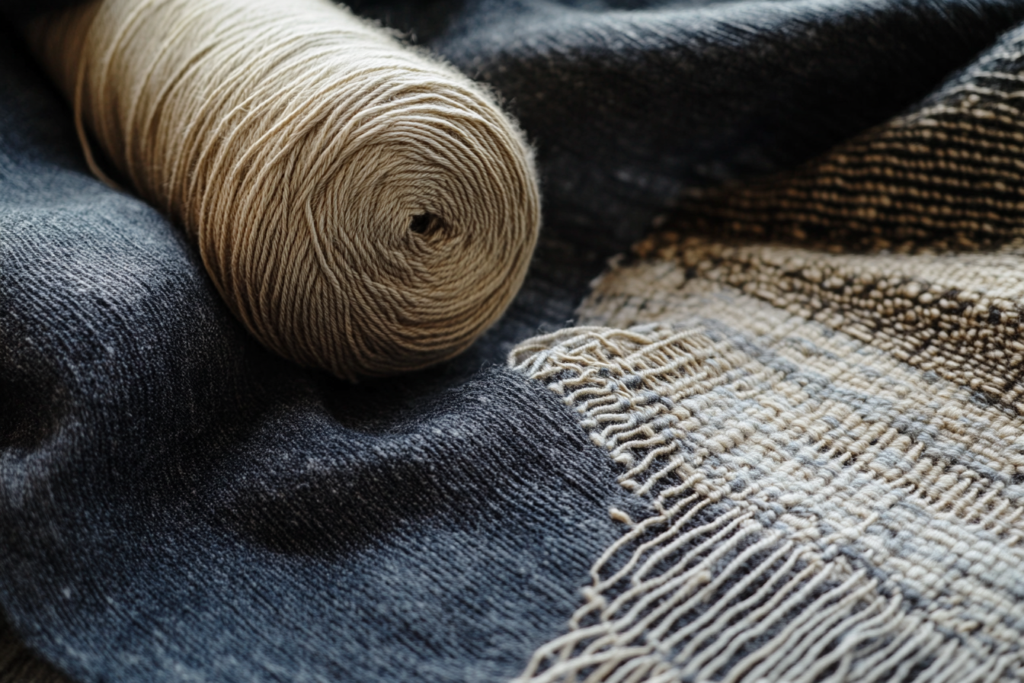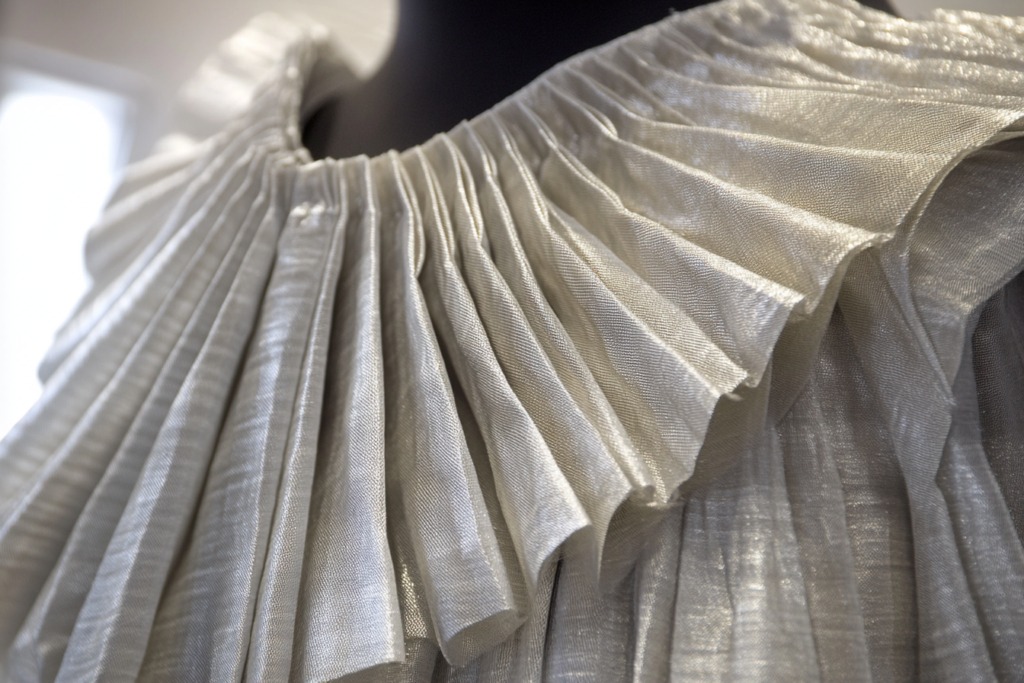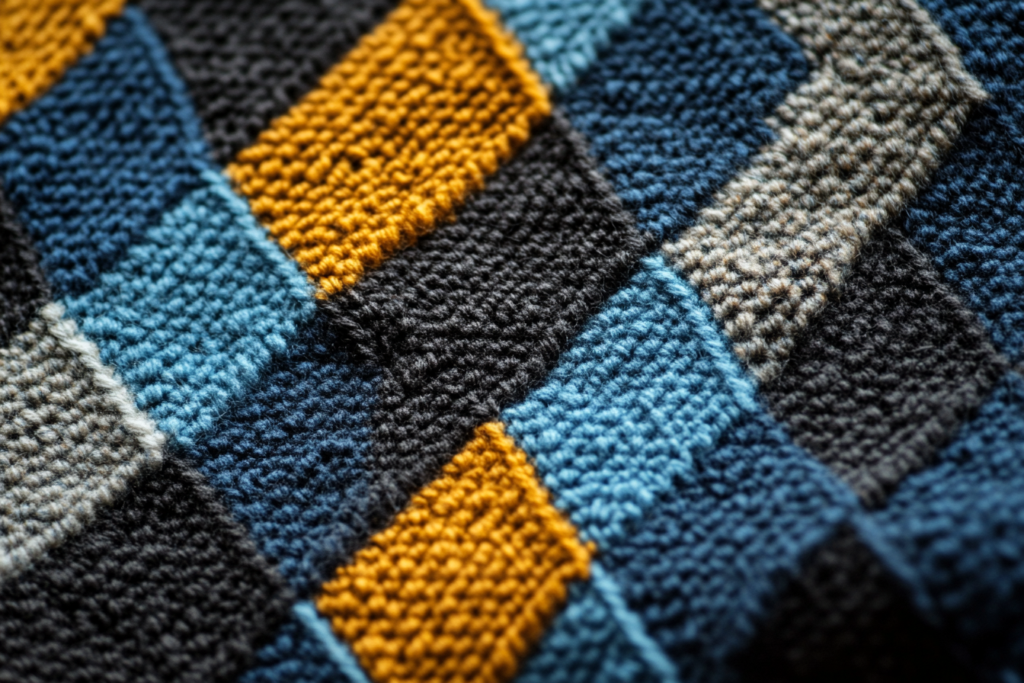True Bias: The Key to Stretch and Flexibility in Woven Fabrics
Meta Description: True bias refers to the direction of the yarns at a 45° angle to the warp, providing the greatest elastic stretch in woven fabrics. Learn about the importance of true bias in garment construction.
What is True Bias?
True bias is a specific direction in woven fabrics that is positioned at a 45° angle to the warp and weft yarns. This diagonal line is considered the most stretchable and elastic direction in the fabric. When the fabric is cut along the true bias, it exhibits more flexibility and movement, which is why it’s a critical factor in garment construction.
In essence, true bias is the intersection of the yarns in a fabric that allows it to stretch the most. The unique properties of the true bias make it highly valued for creating garments with a comfortable fit, as well as for creative design elements such as diagonal pleats, bias-cut dresses, and flowing silhouettes.


Why is True Bias Important?
1. Maximum Stretch and Flexibility
- The true bias provides the maximum stretch and flexibility in woven fabrics. Garments cut along the true bias will have the ability to move and conform to the body more easily, which makes it ideal for designs that require comfort and drape.
2. Creates a Beautiful Flow
- Bias-cut garments—such as dresses, skirts, and blouses—take advantage of the true bias to create a fluid and graceful drape. This movement is what gives these garments their elegant, flowing appearance.
3. Improved Fit
- By cutting fabric along the true bias, the garment can fit more closely to the body while still offering ease of movement. The fabric will mold to the curves and shapes of the wearer, providing a flattering fit.
4. Enhanced Design Potential
- True bias is often used for design details like bias-cut seams, inset panels, or trim to create a unique, fluid look. It can also help avoid visible seam lines and creases in fabrics, creating a smoother overall design.
How to Identify and Use True Bias
True bias is defined as being 45° to the warp (lengthwise yarn) and weft (crosswise yarn) of the fabric. Here’s how you can identify and use true bias in your sewing projects:
Step 1: Identify the Warp and Weft Directions
- Start by identifying the warp (lengthwise) and weft (crosswise) directions of your fabric. These directions are usually straight, and the warp yarns run vertically while the weft yarns run horizontally.
Step 2: Measure 45° from the Warp and Weft
- Using a ruler or fabric measuring tape, measure a 45° angle from both the warp and weft. The angle between these two directions is the true bias.
- You can also use a bias ruler or 45° template to help you cut along the true bias without measuring manually.
Step 3: Cut Along the True Bias
- Once you’ve marked the true bias, cut the fabric along that 45° angle. This is where you’ll achieve the maximum stretch and flexibility, as well as the fluid, draping effect that true bias provides.
Step 4: Use Bias Cut in Garment Construction
- When sewing a garment, consider cutting pieces like skirts, dresses, or sleeves along the true bias to enhance fit, movement, and design flow. For example, bias-cut dresses are known for their graceful lines and ability to flatter the figure.
Common Applications of True Bias in Garment Construction
📌 Bias-Cut Dresses and Skirts
- Bias-cut dresses and skirts are a classic example of garments that rely on the true bias to create a fluid fit. The fabric’s stretch allows the garment to move with the body, creating a flattering silhouette.
📌 Bias Tape and Binding
- True bias is used to create bias tape and binding, which are used to finish edges or decorate seams. Because the fabric has the most stretch along the true bias, it can be used to wrap smoothly around curved edges without puckering.
📌 Camisoles and Slip Dresses
- Garments like camisoles and slip dresses often use true bias to provide a close fit that conforms to the body’s shape. This type of cut gives these garments a soft, draped effect.
📌 Bias-Pleated Garments
- Some garments, particularly skirts and dresses, use bias pleats to create a design with plenty of movement. The stretch of the fabric along the bias allows for pleats that have a more flowing and natural appearance.
True Bias vs. Crosswise Grain
While both true bias and crosswise grain involve angles, they behave differently in fabric:
| Feature | True Bias | Crosswise Grain |
|---|---|---|
| Angle | 45° to the warp and weft | 90° to the warp (horizontal) |
| Stretch | Maximum stretch in woven fabrics | Moderate stretch |
| Flexibility | High flexibility and movement | Less flexible, but still comfortable |
| Ideal Use | Bias-cut garments, design features | Standard seams, side seams |
Illustration of True Bias
Below is an illustration showing the true bias of a woven fabric, marked at a 45° angle to the warp and weft yarns. The true bias direction is highlighted for cutting purposes.

Conclusion: The Importance of True Bias in Garment Construction
True bias is a key element in garment construction, offering the greatest stretch and flexibility in woven fabrics. Whether creating bias-cut dresses, skirts, or design features, using true bias ensures that the fabric conforms to the body while adding a fluid, graceful effect. Understanding how to identify and use true bias is essential for any designer or garment maker who wants to enhance the fit, movement, and aesthetic of their creations.



